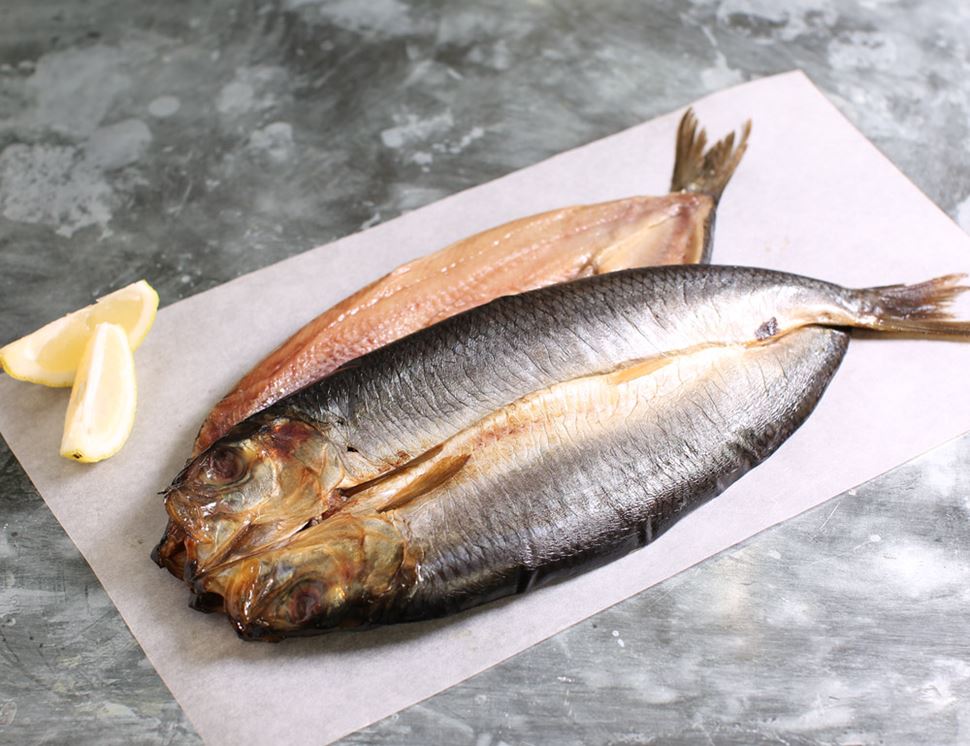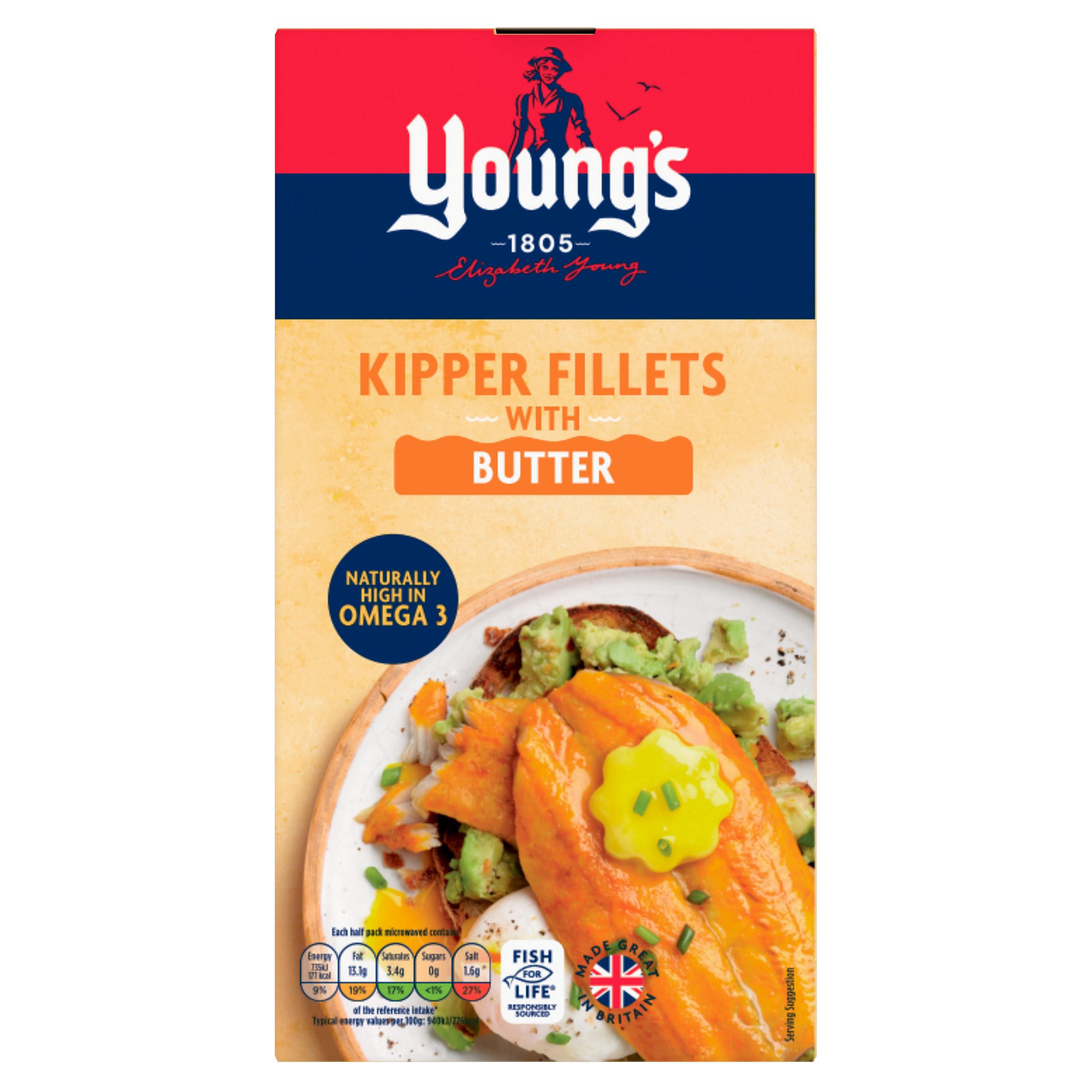

“The same is true for canned light tuna unless you’re purchasing from a company that checks the mercury levels of each can,” continues Zumpano. Albacore tuna, one of the more popular fish in the United States, is consistently high in methylmercury. You’re not necessarily safer with canned tuna, either. “But everyone’s desire for sushi may be putting us at risk for mercury toxicity.”Įxposure to high levels of mercury increases the risk of cognitive defects and other health problems. “Fresh tuna is a great source of omega-3s,” says Zumpano. If you’re going to enjoy fish, it’s best to choose fish that are highest in this essential nutrient. Most people don’t get enough omega-3s in their diet. “Sure, tilapia is a lean source of protein, but it lacks the omega-3 content of fatty fish like salmon, tuna, herring and sardines,” says Zumpano. Meanwhile, think twice about ordering these popular fish or adding them to your grocery cart: 1. “Try grilling or poaching mackerel to throw over a salad, or serve it with a side of grilled veggies,” she notes. Zumpano suggests limiting Spanish mackerel as well due to mercury concerns. King mackerel, from the Western Atlantic and Gulf of Mexico, has a high mercury content. MackerelĪtlantic and Atka mackerel from Alaska are high in inflammation-fighting omega-3s and low in mercury, but not all mackerel get a thumbs-up. “Another popular option is to pair herring with mustard and dill.” 3. “Try it chilled, with a light marinade of white wine vinegar, red onion and dill,” says Zumpano. Herring contains less mercury than other omega-3-rich fish you may be eating, like tuna, king mackerel, swordfish and halibut. Herring also boasts more omega-3 fatty acids than either salmon or tuna, which are essential to human health since our bodies can’t make these fats. Herringįatty fish like herring provide around 1.5 grams of omega-3s per 3 ounce serving. For a quick snack, serve sardines on whole grain crackers. Try serving sardines sprinkled with lemon juice and 1 teaspoon of olive oil or with chopped tomatoes and basil, oregano or another Italian seasoning. Worried about encountering the entire fish, head intact? Today, only the edible portions are included. “Since sardines are more likely to be sustainably caught, they’re a safe choice for pregnant and nursing women,” notes Zumpano. Read the label to make sure you don’t exceed your daily limits for sodium and fat. They may be packed in water, tomato juice or olive oil. Other than fortified products, there are few other food sources of Vitamin D. They contain a great source of calcium and Vitamin D, so they support bone health, too. Sardines provide 2 grams of heart-healthy omega-3s per 3 ounce serving, which is one of the highest levels of omega-3 and the lowest levels of mercury of any fish. “They’re a wonderful source of omega-3 fatty acids, they’re caught in the wild and they’re cheap.” “You can’t go wrong with sardines,” says Zumpano. We do not endorse non-Cleveland Clinic products or services.

Advertising on our site helps support our mission.

Cleveland Clinic is a non-profit academic medical center.


 0 kommentar(er)
0 kommentar(er)
